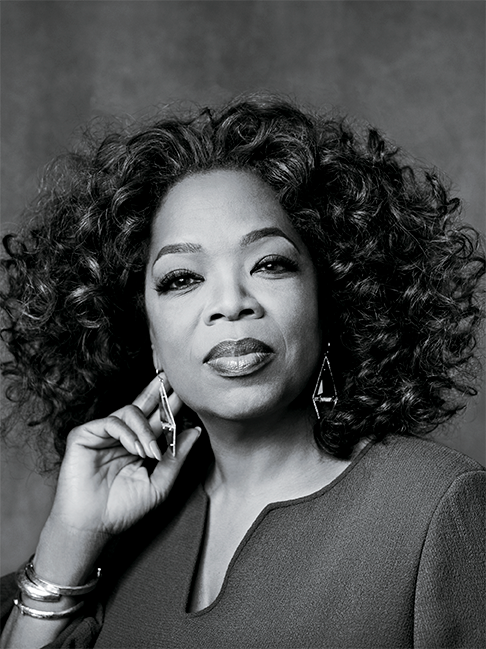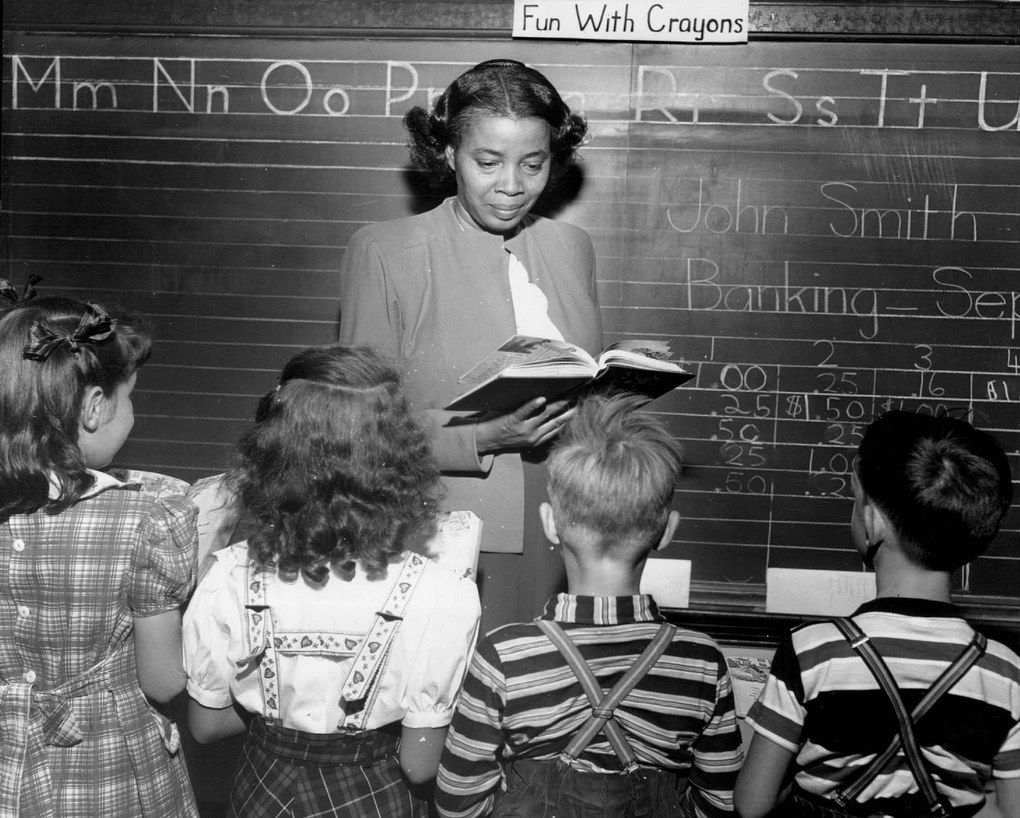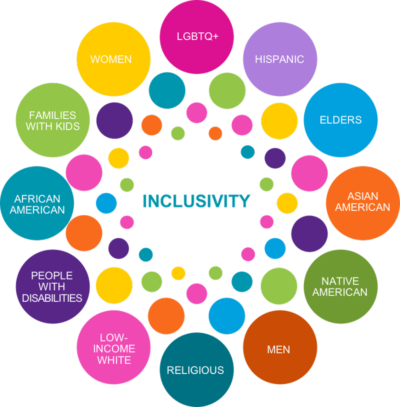One of the greatest hindrances to creativity is the desire for perfection. I phrase it this way, “desire for perfection,” on purpose because perfection really is determined through individual judgment. In other words, perfection is a determination and not a state of being. Is a child who is born with eight toes imperfect? Is a grammatically flawless novel intriguing if the plot itself is boring? We humans get to decide when something is perfect, and so we also decide when it is not. And in this determining and desiring, we often use perfection to let ourselves off the hook. We might find ourselves having thoughts like, “Well, I’m not going to get it perfect, so why try it at all?” This, in truth, is simply a way of avoiding having to attempt something, especially if we feel unsure about doing it and living up to our own standards. What we forget, sometimes, is that we often have the power to shift the standard. We can give ourselves permission to try something and not be good at it.
We also might find ourselves taking another tact and declaring: “I’m not good at _____.” I hear people say this all the time. I tell them what I do for a living, and they say, “Oh, I’m not good at English.” And I think, “If English is your primary language, and you’re communicating to me right now using that language, and I’m understanding you, how are you not good at it?” I think what that person means to say is perhaps one of the following:
- “I don’t enjoy writing.”
- “In the past, I haven’t experienced the results I wish to in my English classes.”
- “I have other, stronger, natural abilities that fall into other disciplines. And I have been rewarded for those.”
In general, we don’t like to do what we’re not good at because we haven’t been rewarded for it in the past. However, not being rewarded doesn’t actually mean that we’re not good at that given task. My poetry is rejected by publishers on a regular basis. But any poet’s poetry is. In the world of contemporary poetry, regular rejection is part of the process. That rejection doesn’t mean the poetry isn’t good. It means that that publisher isn’t interested in publishing it.
When we aren’t good at something, that in itself is a different kind of invitation. Not being good at something doesn’t mean we must banish it from our lives forever. Here’s an example:
My drawing skills arrested at about the third or fourth grade level. I have trouble drawing anything but stick figures. And when I color, I don’t like to stay in the lines. One time, about a dozen years ago, I was in a writing workshop, and we had to storyboard (draw) our topic. What I realized is that with no one to judge me, I really enjoyed the drawing process. Was I good at it? No. I hadn’t elevated my fourth grade skills. Did I enjoy it? Yes, greatly. It felt contemplative. It was tactile, and I am a tactile person. Did I see the story I was about to write differently for drawing it out? I did; the process made me use a different part of my brain., and I was able to expand my approach. Did it matter that I suck at drawing? Not at all. Did I have to stay in the lines? Nope.
Giving ourselves permission to do something that we are not very skilled at is a way to encounter creativity because we are inviting our brain to do something it either hasn’t done in a while, or it hasn’t done at all. Doing something we’re not good at fires up new neurons which gets us thinking and seeing the world in new ways.
My suggestion? Give yourself some low stakes: draw for yourself. Play a round of golf on a public course. Go bowling by yourself. Doodle in a meeting. Try something you think you’re not good at and leave the self-judgment behind. What does it feel like to give yourself permission in this way? What does it feel like to do something and enjoy the process without worrying about the outcome? My hope is that it will be freeing, and in the freedom will come new ideas and impulses, which is the very heart of creativity.






